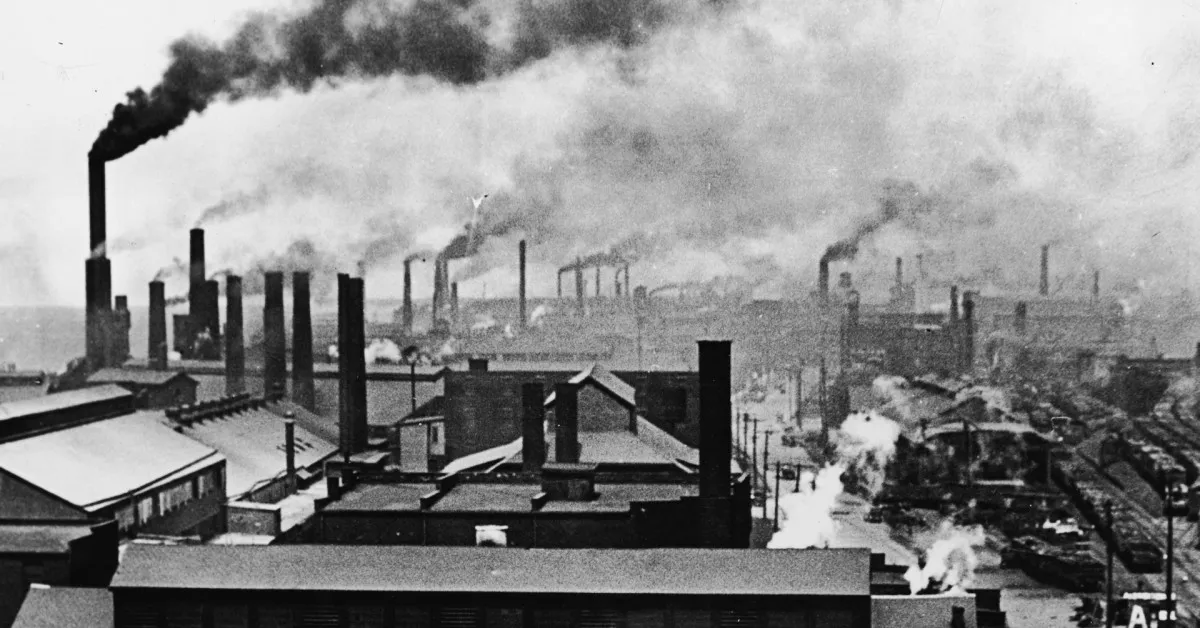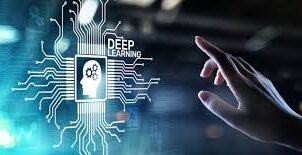Contents
The Industrial Revolution, which began in the late 18th century and continued through the 19th century, marked a transformative period in human history. It was a time when manual labor and agrarian economies gave way to industrialized manufacturing and urbanization. This period brought profound changes to the way people lived and worked, laying the foundation for the modern industrialized world.
Origins and Early Development

The Industrial Revolution originated in Great Britain, driven by a combination of factors. The availability of natural resources like coal and iron, advancements in agricultural techniques, and a stable political environment created the perfect conditions for industrial growth. Britain’s colonial empire also provided access to raw materials and markets, further fueling the revolution.
Technological innovation played a crucial role in kickstarting the revolution. Key inventions, such as James Watt’s improved steam engine and Richard Arkwright’s water frame, revolutionized production processes. These innovations led to the mechanization of industries like textiles, which became the cornerstone of the early Industrial Revolution.
Impact on Society and Labor
The Industrial Revolution had a profound impact on society. It shifted populations from rural areas to urban centers, as people sought work in newly established factories. Cities like Manchester and Birmingham grew rapidly, becoming hubs of industrial activity.
However, this urbanization brought challenges. Workers faced grueling conditions in factories, often working long hours for minimal pay. Child labor was prevalent, with children employed in dangerous and unhealthy environments. These harsh realities led to social unrest and eventually to labor reforms.
The rise of the working class was another significant outcome of the Industrial Revolution. As industrialization progressed, workers began to organize themselves into unions, demanding better wages, shorter working hours, and improved conditions. This movement laid the groundwork for modern labor rights.
Technological Advancements and Innovation
Technological innovation was the driving force behind the Industrial Revolution. The textile industry saw groundbreaking inventions like the spinning jenny and the power loom, which increased productivity exponentially. The introduction of steam power allowed factories to operate more efficiently, reducing reliance on water power and enabling industries to expand beyond riverbanks.
Transportation also experienced revolutionary changes. The invention of the steam engine led to the development of railways and steamships, which facilitated the movement of goods and people over long distances. This connectivity boosted trade and accelerated industrial growth.
Iron and steel production underwent significant advancements during this period. Innovations such as Henry Bessemer’s process for mass-producing steel revolutionized construction and manufacturing, enabling the creation of skyscrapers, bridges, and machinery that defined the modern era.
Economic Transformations

The Industrial Revolution brought about profound economic changes. It marked the transition from agrarian economies to industrial ones, with manufacturing becoming the dominant sector. The rise of capitalism and the factory system reshaped economic structures, emphasizing efficiency, productivity, and profit.
Global trade expanded significantly during this time. Industrialized nations began exporting goods to international markets, leading to increased competition and economic interdependence. The revolution also spurred the growth of banking and financial systems to support industrial investments and expansion.
While industrialization created immense wealth for some, it also widened the gap between the rich and poor. Capitalists and factory owners amassed fortunes, while workers often struggled to make ends meet. This economic disparity gave rise to political ideologies such as socialism and communism, which sought to address these inequalities.
Environmental and Cultural Impacts
The Industrial Revolution had far-reaching environmental consequences. The shift to coal as a primary energy source led to widespread deforestation and air pollution. Cities became crowded and polluted, with inadequate sanitation contributing to health crises.
Culturally, the revolution brought significant changes. It spurred advancements in education and science, as industrialization created a demand for skilled workers and technological expertise. The arts and literature of the time often reflected the struggles and triumphs of the industrial era, capturing the complexity of this transformative period.
The Global Spread of Industrialization

While the Industrial Revolution began in Britain, its impact pg slot soon spread to other parts of the world. Continental Europe, the United States, and eventually Asia and Latin America experienced their own waves of industrialization. Each region adapted industrial practices to suit its unique resources, needs, and conditions.
The spread of industrialization brought both opportunities and challenges. In many cases, it led to economic growth and modernization, but it also disrupted traditional ways of life and intensified social inequalities.
Legacy and Lessons
The Industrial Revolution left an indelible mark on the world. It transformed economies, reshaped societies, and set the stage for modern technological advancements. The innovations and changes of this era continue to influence industries, urban development, and global trade today.
However, the revolution also highlighted the need for balance. The exploitation of workers and the environment during this period serves as a reminder of the importance of ethical practices and sustainability in industrial development.
Modern Reflections on the Industrial Revolution
Today, the lessons of the Industrial Revolution remain relevant as we navigate the challenges of the Fourth Industrial Revolution, characterized by digital transformation and artificial intelligence. Understanding the history of industrialization can help societies address issues like inequality, environmental degradation, and the ethical implications of technological advancement.
In conclusion, the Industrial Revolution was a turning point in human history. Its innovations and transformations paved the way for the modern world, shaping the way we live, work, and interact with one another. By reflecting on this era, we can draw insights to guide future progress and ensure a more equitable and sustainable future.
Read More Article About: Prunus yedoensis: Pohon Sakura yang Menjadi Inspirasi Seni dan Tradisi





